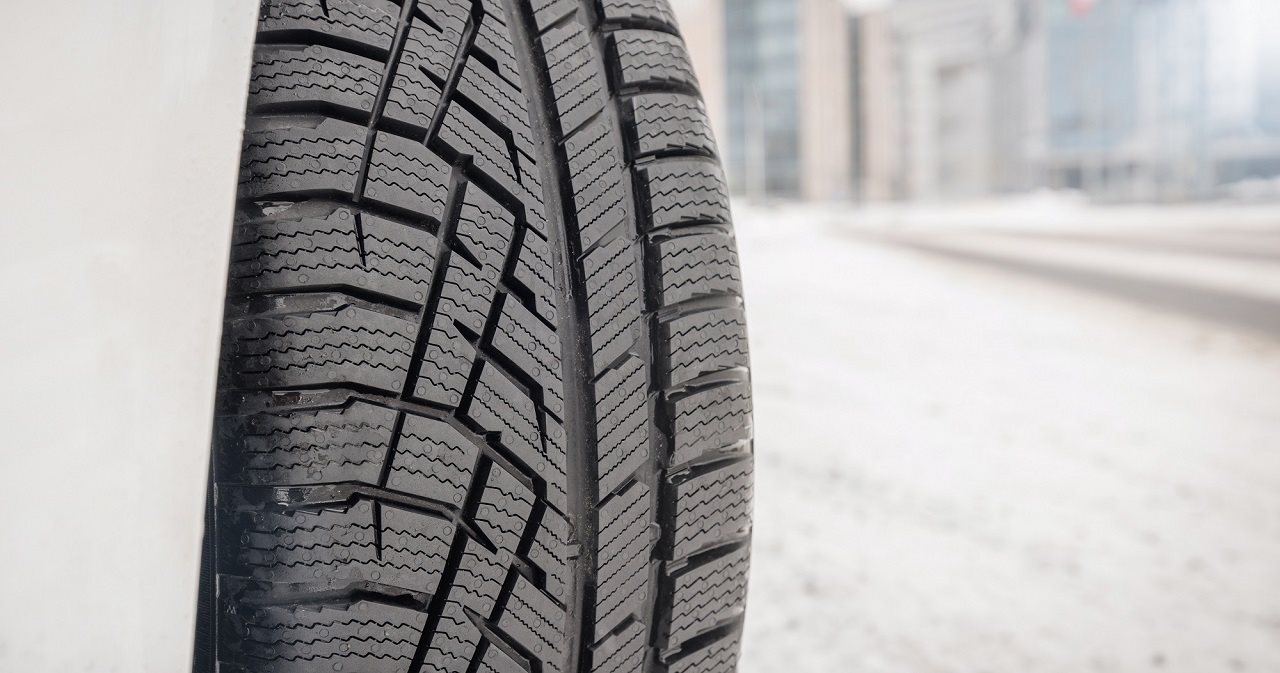Only Three in 10 Drivers Know This Crucial Winter Driving Fact
Posted: September 30, 2024 | Word Count: 438

When you’re on the road in wintry conditions, what you don’t know can hurt you. That’s why it’s alarming that only three in 10 drivers know this vital fact: All-season drivers aren’t designed for winter roads.
Yes, “all-season” is their name. But most tires sold in the United States are designed for durability and performance at the expense of winter safety. When temperatures fall below 45 degrees, their rubber compounds harden like hockey pucks and begin to lose their grip on the road. And all-season tires’ tread patterns are designed to channel water away from the road, not carve through snow or slush.
That’s a problem Nokian Tyres has spent 25 years fighting. This year, the global tiremaker from Finland is celebrating the silver anniversary of a true four-season driving solution — all-weather tires, which it introduced to North America in 1999.
Unlike their all-season counterparts, all-weather tires are certified with the three-peak mountain snowflake emblem that indicates they are equipped for snow, slush and temperatures below 45 degrees. Unlike winter tires, they can be used year-round.
“While all-season tires are great in the spring and summer, all-weather tires are made for all types of weather,” said Nokian Tyres North America Director of Products Steve Bourassa. “If snow is unlikely where you live, all-season tires are an excellent choice. But all-weather tires are an ideal option for drivers who visit winter or have winter visit them.”

All-weather tires can be considered a jack of all trades. They’re capable in wintry weather, even if they aren’t a substitute for dedicated winter tires in areas that experience sustained snow and ice. They’re built to thrive in rain and heat, too, even if they don’t typically have the same tread life as an all-season tire.
To ensure that all-weather tires are as versatile as possible, tiremakers test them in diverse conditions around the globe. Nokian Tyres subjects its all-weather products to frigid temperatures north of the Arctic Circle at the largest company-owned test facility in the world in Ivalo, Finland. It also tests them in the Spanish desert south of Madrid, as well as at remote sites in the U.S.
How can drivers make sure they’re riding on a set of winter-certified all-weather tires? Look for a snowflake symbol inside a mountain peak on the sidewall. The severe service emblem, or three-peak mountain snowflake, certifies that a tire has passed a snow traction test.
What drivers don’t know about four-season driving can hurt them. All-weather tires offer a versatile remedy. Learn more about all-weather tires at NokianTyres.com/Weather.
Includes Multiple Photos


